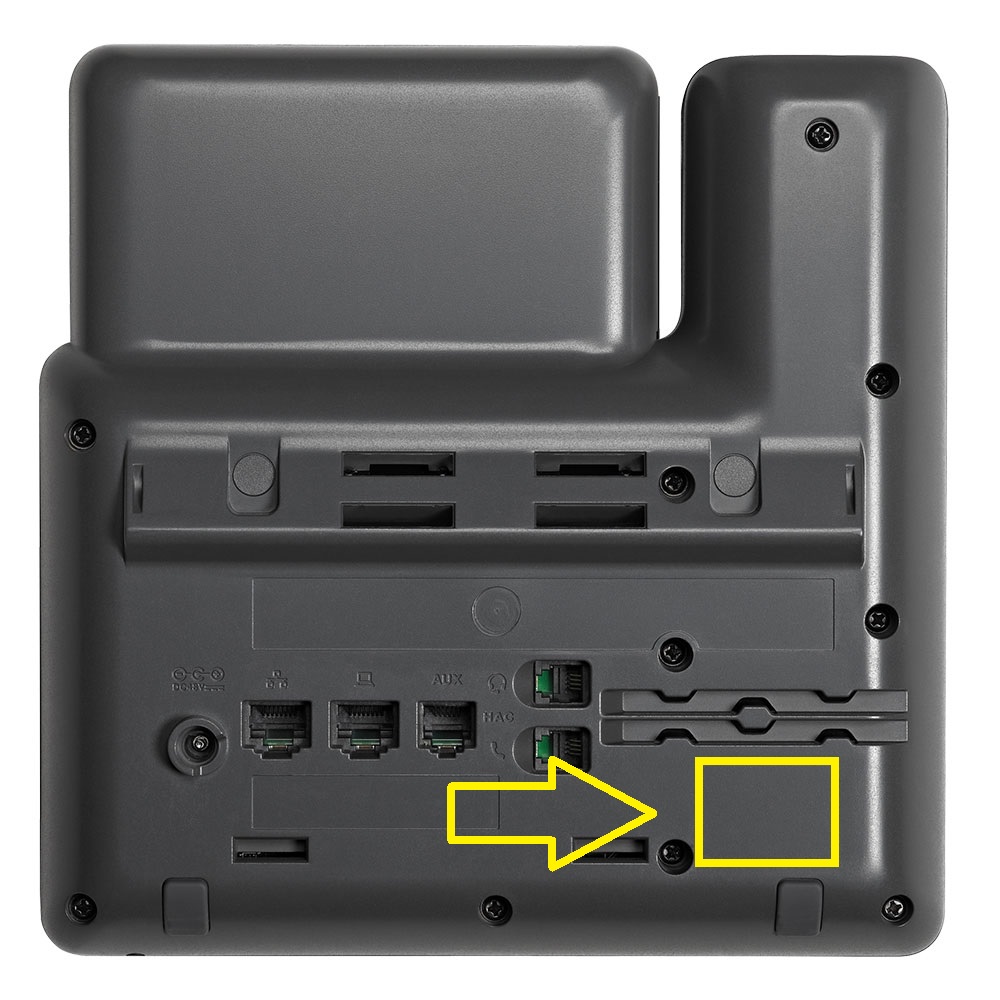

Other Collection and Use of Information Application and System Logs

We communicate with users on a regular basis to provide requested services and in regard to issues relating to their account we reply via email or phone in accordance with the users' wishes when a user submits their information through our Contact Us form. However, these communications are not promotional in nature. Generally, users may not opt-out of these communications, though they can deactivate their account information. For instance, if our service is temporarily suspended for maintenance we might send users an email. On rare occasions it is necessary to send out a strictly service related announcement. If you have elected to receive email newsletters or promotional mailings and special offers but want to unsubscribe, simply email Service Announcements Pearson may collect additional personal information from the winners of a contest or drawing in order to award the prize and for tax reporting purposes, as required by law. Pearson collects name, contact information and other information specified on the entry form for the contest or drawing to conduct the contest or drawing. Occasionally, we may sponsor a contest or drawing. Pearson collects information requested in the survey questions and uses the information to evaluate, support, maintain and improve products, services or sites develop new products and services conduct educational research and for other purposes specified in the survey. Pearson may offer opportunities to provide feedback or participate in surveys, including surveys evaluating Pearson products, services or sites. We use this information to complete transactions, fulfill orders, communicate with individuals placing orders or visiting the online store, and for related purposes. Online Storeįor orders and purchases placed through our online store on this site, we collect order details, name, institution name and address (if applicable), email address, phone number, shipping and billing addresses, credit/debit card information, shipping options and any instructions. We use this information to address the inquiry and respond to the question. To conduct business and deliver products and services, Pearson collects and uses personal information in several ways in connection with this site, including: Questions and Inquiriesįor inquiries and questions, we collect the inquiry or question, together with name, contact details (email address, phone number and mailing address) and any other additional information voluntarily submitted to us through a Contact Us form or an email. Please note that other Pearson websites and online products and services have their own separate privacy policies. This privacy notice provides an overview of our commitment to privacy and describes how we collect, protect, use and share personal information collected through this site. Pearson Education, Inc., 221 River Street, Hoboken, New Jersey 07030, (Pearson) presents this site to provide information about Cisco Press products and services that can be purchased through this site. For this to work, however, the maximum MAC address setting must be 1, and the support headache associated with using this setting can potentially be greater than the risk of this type of an attack occurring.

One way to mitigate this threat is to use Port Security.
#Cisco mac address security download
Many tools available for download from the Internet, such as Ettercap, can accomplish such a task, and preventing such attacks is quite problematic. An attacker on a fast enough host can capture and forward packets so that victims do not notice any change in their network access. The attacker then forwards user traffic to the real default gateway.

In one common attack, the attacker pretends to be the default gateway and sends out a gratuitous Address Resolution Protocol (ARP) to the network so that users send their traffic through the attacker rather than the default gateway. Attackers spoof their MAC address to perform a man-in-the-middle (MiTM) attack. MAC spoofing attacks are attacks launched by clients on a Layer 2 network.


 0 kommentar(er)
0 kommentar(er)
